In the digital marketing world, we’re often faced with a crucial choice: SEO or SEM? It’s a debate that’s as old as the internet itself, yet it’s never been more relevant than it is today.
SEO, or Search Engine Optimization, is all about organic growth. It’s the art of making our website more visible to search engines without paying for it. On the other hand, SEM, or Search Engine Marketing, involves paid strategies to boost our site’s visibility.
Understanding the difference between these two can be the key to unlocking our online potential. Let’s dive into the nuances of SEO and SEM to discover which strategy might work best for us.
Table of Contents
Key Takeaways
- SEO focuses on organic growth and enhancing website visibility without paying for placement, requiring a multifaceted strategy involving content quality, link-building, user experience, and technical optimizations.
- SEM, on the other hand, involves paid strategies like pay-per-click (PPC) advertising to achieve immediate visibility and targeted traffic, offering greater flexibility and real-time campaign adjustments.
- The key differences between SEO and SEM include the time frame for results, with SEO being a long-term strategy and SEM providing immediate visibility, and their cost structures, where SEO involves indirect costs and SEM requires direct payment for visibility.
- Benefits of SEO include cost-effectiveness, attracting the right traffic, building brand credibility and authority, gaining a competitive edge, enhancing user experience, and providing valuable insights through data and analytics.
- SEM benefits include quick results, precision targeting, flexibility in campaign management, enhanced visibility in search results, and valuable insights for refining marketing strategies.
- The choice between SEO and SEM depends on business goals, budget considerations, and understanding of the target audience’s preferences, with a combined approach often being the most effective for long-term digital marketing success.
What is SEO?
When we talk about SEO, we’re delving into the realm of organic search optimization. It’s the process of tuning, enhancing, and tweaking a website so that it becomes more visible in search engine results pages (SERPs) without paying for placement. SEO isn’t just about incorporating relevant keywords into our content. It’s far more comprehensive.
We must consider the structure of our website, ensuring it’s easy for search engines to crawl and understand. This includes optimizing site speed, making sure it’s mobile-friendly, and securing it with HTTPS. Content quality cannot be overstated. Search engines prioritize content that adds real value, answering the user’s query comprehensively and engagingly.
Link-building plays a crucial role in SEO efforts. Quality over quantity is the mantra here. High-quality, reputable backlinks signal to search engines that our content is authoritative and trustworthy. On the flip side, we also need to optimize internal linking to help search engines discover new pages on our site.
User experience (UX) significantly impacts our SEO rankings. Sites that are easy to navigate, have a low bounce rate, and keep users engaged for longer periods tend to rank higher. We’re always on the lookout for ways to enhance UX, from improving Our site’s design to streamlining navigation.
SEO also involves technical aspects like creating XML sitemaps, using schema markup for better rich snippets in SERPs, and optimizing meta tags for better click-through rates. These elements, while not always visible to the end user, are critical for search engines.
In short, SEO is a multifaceted strategy aimed at boosting our website’s organic visibility. It requires ongoing effort and adaptation to changing search engine algorithms. But when done right, it pays off by driving increased traffic, engagement, and conversions.
What is SEM?
In our exploration of digital marketing strategies, it’s crucial to understand SEM—Search Engine Marketing. SEM stands as the counterpart to SEO, focusing on the paid aspects of search engine visibility. Unlike SEO’s approach to organically climb the ranks, SEM involves buying ads that appear on search engine results pages (SERPs). This method allows for immediate visibility, a key advantage over the slower build-up associated with SEO.
With SEM, we’re looking at strategies such as pay-per-click (PPC) advertising, where you only pay when someone clicks on your ad. This is especially beneficial for businesses aiming for quick results. The ability to target ads based on keywords, geographic location, and even time of day makes SEM incredibly flexible. We also can’t overlook the power of display ads, which are shown to users based on their past behavior or specific targeting criteria.
Another important element of SEM is the use of ad extensions. These extensions enhance our ads by adding extra information, such as contact details, links to specific pages on our website, or even product listings. Bid management and optimization are key components of a successful SEM strategy. By carefully selecting keywords and adjusting bids, we can maximize our visibility while controlling costs.
The immediacy of SEM is its strongest benefit, allowing businesses to generate traffic and conversions quickly. Yet, it requires a strategic approach and ongoing management to ensure the best return on investment. Our emphasis on combining SEO and SEM strategies aims to create a comprehensive digital marketing plan that leverages the strengths of each.
Key Differences Between SEO and SEM
Understanding the key differences between SEO and SEM is crucial for us to effectively navigate the complex landscape of digital marketing. SEO is an organic approach to increasing a website’s visibility in search engines. It’s about cultivating a strong online presence without directly paying for it. On the other hand, SEM involves paid strategies to boost a site’s visibility.
One of the most apparent differences lies in the timeframe for results. SEO is a long-term strategy. It requires patience, as significant improvements in search engine rankings don’t happen overnight. SEM offers immediate visibility. You can see results as soon as your ads go live.
Costs associated with these strategies also vary significantly. SEO involves indirect costs related to creating high-quality content and optimizing the website. SEM involves direct costs. You pay for every click your ad receives, known as Pay-Per-Click (PPC) advertising.
Visibility in search results is another key difference. SEO efforts aim to increase a website’s ranking in organic search results. SEM positions a website in both organic and paid search results. This dual positioning increases the chances of visibility and traffic.
Each strategy serves different objectives. SEO is about building credibility and authority in a niche or industry over time. SEM is focused on achieving quick wins, often for specific campaigns or promotional activities.
To sum up, while both SEO and SEM are essential for online success, they serve different purposes and require different approaches and expectations. Understanding these distinctions helps us craft more effective digital marketing strategies.
Benefits of SEO
When we delve into the benefits of SEO, it’s clear why it’s such a powerful strategy for digital growth. SEO enhances website visibility in organic search engine results, making it easier for potential customers to find us. This increased visibility directly contributes to more traffic to our site.
A significant advantage of SEO is its cost-effectiveness. Unlike paid advertising strategies, organic search traffic doesn’t cost us per click or impression. This means that once we’ve invested in SEO, our website can continue to attract visitors without ongoing costs.
SEO isn’t just about attracting any traffic—it’s about attracting the right traffic. By targeting specific keywords related to our products or services, we ensure that the visitors to our site are those most likely to convert into customers.
Moreover, SEO helps in building brand credibility. Websites that appear on the first page of search engine results are often perceived as more trustworthy by users. Being highly visible and ranking well for key searches builds our brand’s reputation and authority in our industry.
Another important benefit is the competitive edge it grants us. If our competitors are not utilizing SEO effectively, it’s a fantastic opportunity for us to get ahead. Conversely, if they are, it’s essential we’re not left behind. Ensuring our website is optimized helps us to stand out in a crowded market.
Furthermore, SEO supports the improvement of user experience on our website. Search engines favor sites that are responsive, fast, and user-friendly. By optimizing our site for these factors, we’re not only boosting our SEO rankings but also enhancing the experience for our visitors.
Lastly, SEO provides us with valuable insights through data and analytics. Understanding how users interact with our website, which pages they visit, and what actions they take helps us make informed decisions to further improve our site and marketing strategy.
Benefits of SEM
When we explore digital strategies, SEM stands out for its immediate impact. Unlike SEO’s gradual build-up, SEM generates quick results. We can actively see traffic boosts as soon as our campaigns go live. This speed is essential for new product launches or promotions.
Another key advantage is the precision targeting SEM offers. We can tailor our ads to target behaviors, locations, languages, and times. This ensures that we’re not just attracting more traffic but the right kind of traffic.
SEM’s flexibility is unparalleled. We can adjust our campaigns in real-time based on performance data. If something isn’t working, we can change it immediately. This dynamic quality allows us to optimize our investment effectively.
We mustn’t overlook SEM’s visibility in search results. Ads appear at the top of search engine results pages (SERPs), making them the first thing potential customers see. This positioning is crucial for staying ahead in competitive markets.
Finally, SEM offers valuable analytics and insights. By reviewing the performance of our ads, we gain insights into customer behavior and preferences. This data is invaluable for refining both SEM and SEO strategies.
The synergy between SEM and SEO cannot be overstated. It’s not about choosing one over the other but understanding how both can complement our digital marketing strategy to drive traffic, improve visibility, and achieve our marketing goals.
Which Strategy is Right for You?
Deciding between SEO and SEM hinges on your business goals and the market scenario. If you’re aiming for long-term growth and want to establish authority in your industry, SEO should be your go-to strategy. SEO’s organic approach helps build a strong foundation for your website, making it more trustworthy to both users and search engines.
On the other hand, if you’re looking for quick results, such as promoting a time-sensitive offer or a product launch, SEM can provide the immediate visibility you need. SEM’s flexibility allows you to start and pause campaigns according to your requirements, making it ideal for targeted, short-term objectives.
Budget considerations are also crucial. SEO is cost-effective in the long run, as it doesn’t require you to pay for clicks. However, to see significant SEO improvements, patience and consistent effort are necessary. SEM can be more costly upfront due to pay-per-click models, but it offers immediate results and data.
Understanding your target audience’s preferences is key to selecting the right strategy. If your audience tends to use search engines to find information or products, prioritizing SEO might be more beneficial. However, for audiences that engage more with paid advertising or are frequently influenced by promotions, SEM could yield better results.
Incorporating both strategies might be the best approach for many businesses. Starting with SEM can drive initial traffic and offer insights into effective keywords and user behavior. These insights can then inform a more tailored and effective SEO strategy, allowing for organic growth built on data-driven foundations.
Every business is unique, and so are the paths to achieving digital marketing success. It’s essential to analyze your current position, goals, and capabilities before making a decision.
Conclusion
We’ve explored the dynamic duo of SEO and SEM, each with its unique strengths and pivotal roles in the digital marketing landscape. Understanding the synergy between the two is key. It’s not about picking sides but leveraging both to bolster our online presence. Starting with SEM can kickstart our visibility, while SEO ensures long-term growth and credibility. By aligning our strategies with our business objectives and audience needs, we can navigate the digital terrain more effectively. Let’s embrace the power of both SEO and SEM to unlock our full online potential.
Frequently Asked Questions
What’s the difference between SEO and SEM?
SEO focuses on enhancing a website’s visibility through organic search results without direct payment, targeting long-term growth. SEM, on the other hand, involves paid strategies to quickly boost a site’s visibility in search results.
Why is it important to understand the difference between SEO and SEM?
Understanding the difference between SEO and SEM is crucial for unlocking your online potential. It helps in choosing the right strategy based on your business goals, budget, and target audience preferences.
What are the benefits of SEO?
The benefits of SEO include improved visibility on search engines, cost-effectiveness, targeting the right audience, building brand credibility and trust, gaining a competitive edge, enhancing user experience, and providing valuable insights through analytics.
What are the benefits of SEM?
SEM benefits include immediate visibility in search results, precision targeting of your audience, flexibility in marketing approaches, and access to detailed analytics and insights to inform future strategies.
Can SEO and SEM work together?
Yes, SEO and SEM can complement each other effectively. While SEM can drive initial traffic and provide quick insights, a tailored SEO strategy can sustain and enhance that traffic organically, ensuring long-term growth and visibility.
Which is better for my business, SEO or SEM?
The choice between SEO and SEM depends on your specific business goals, the current market scenario, budget considerations, and understanding your target audience. A combination of both strategies, starting with SEM to drive initial traffic followed by SEO for long-term growth, is often the most effective approach.


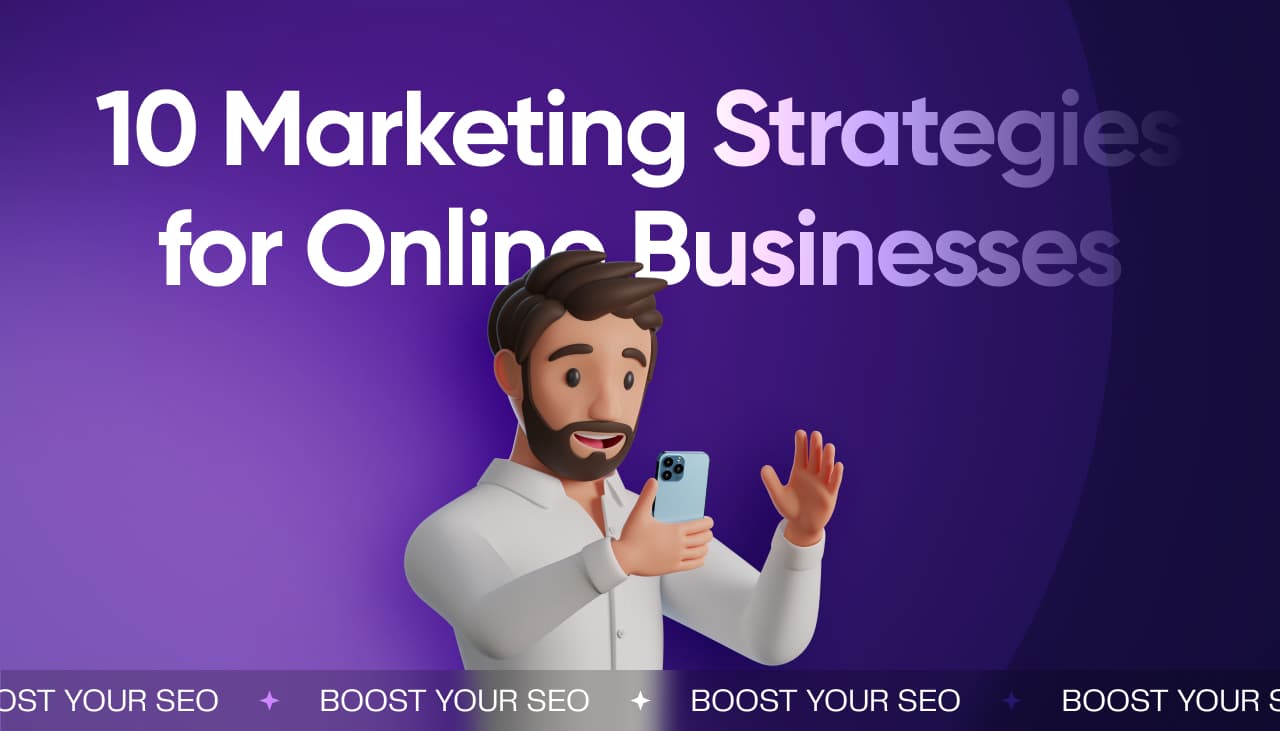


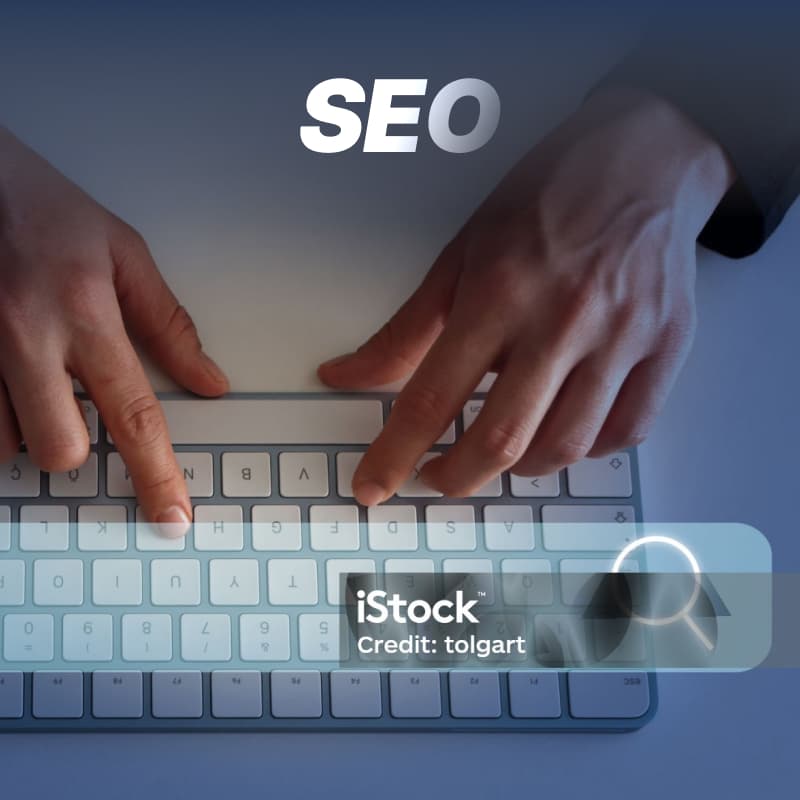

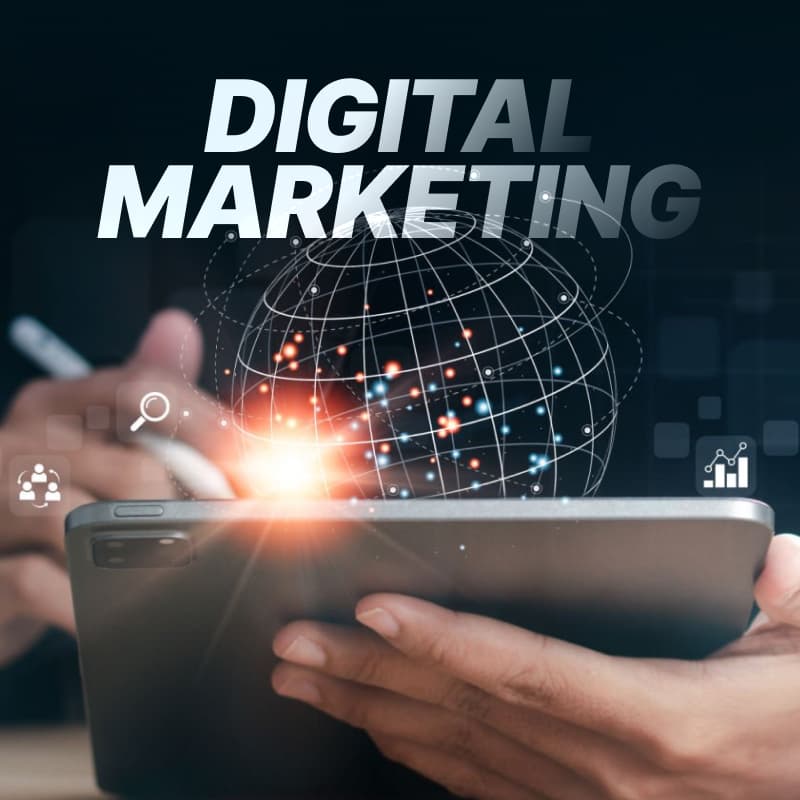




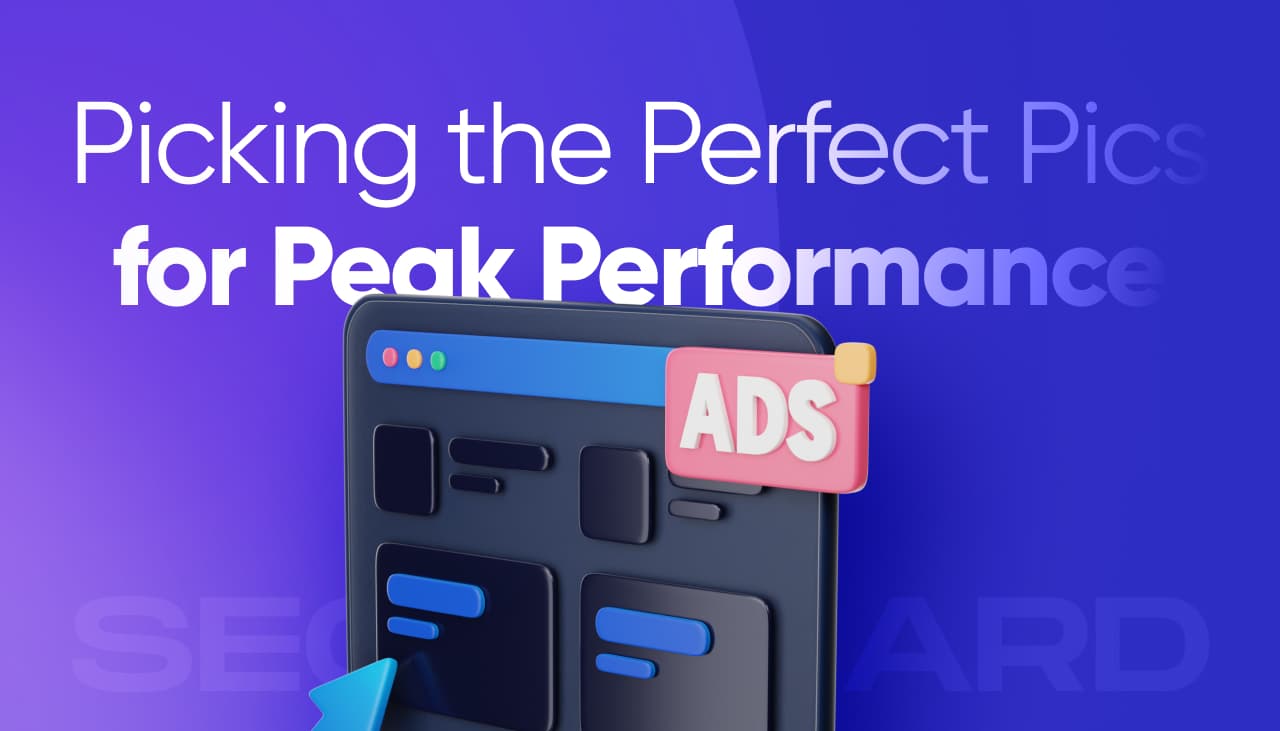

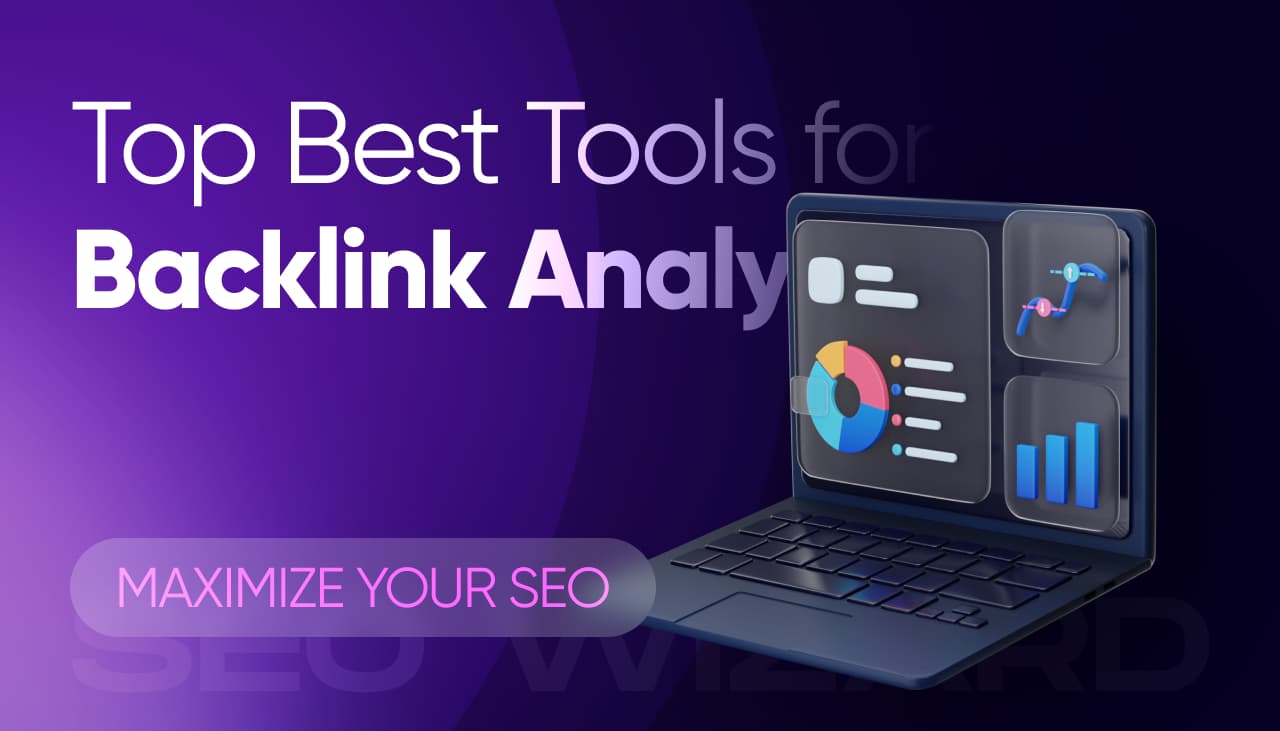
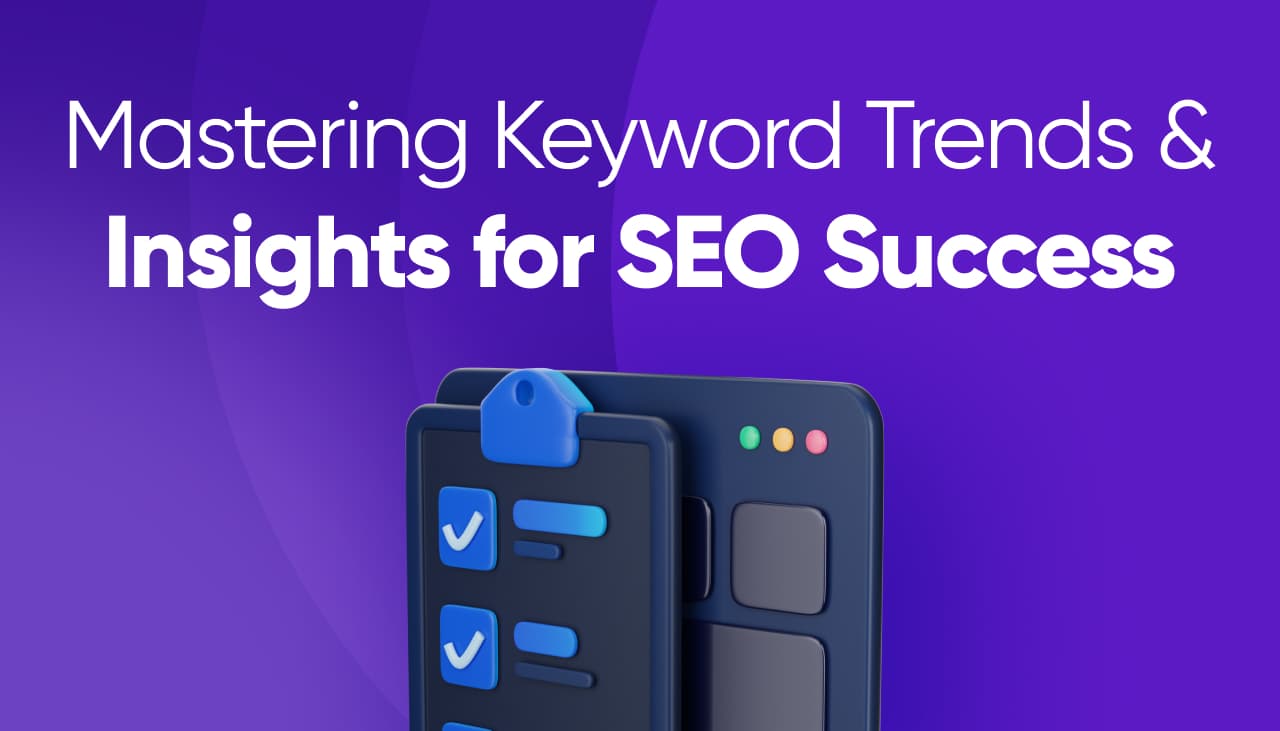

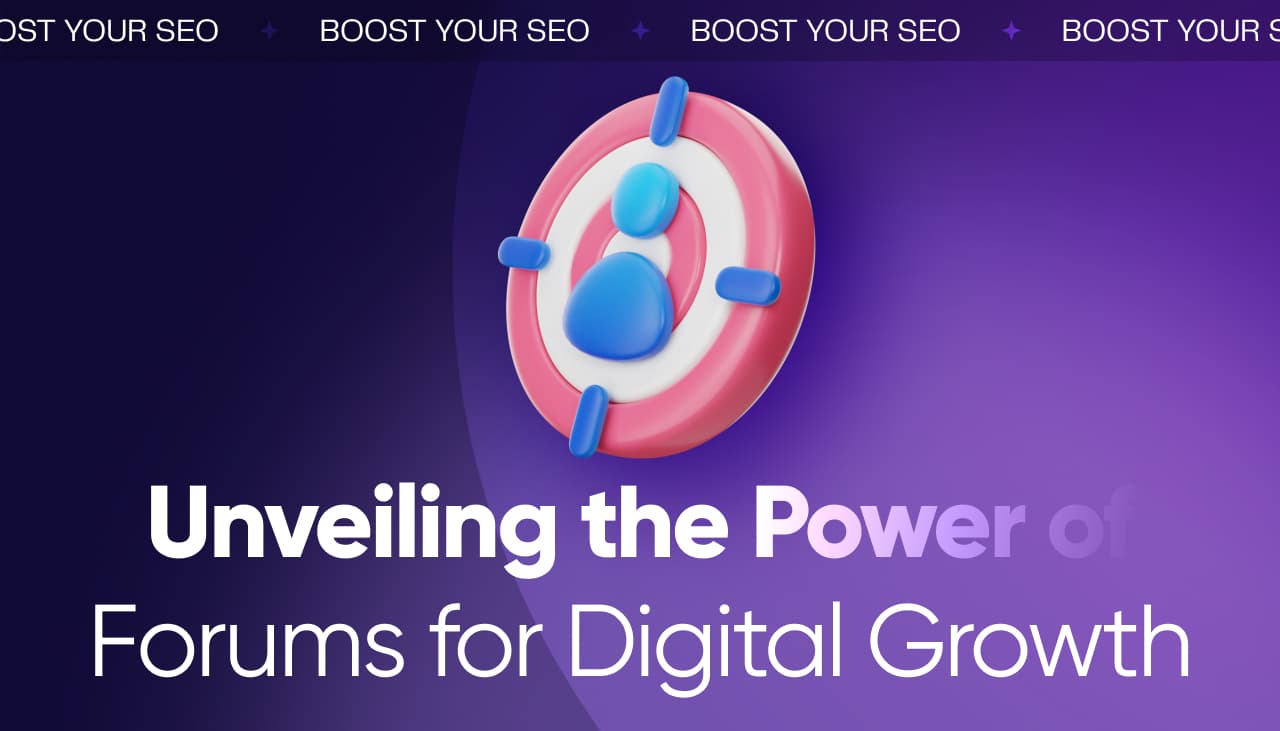

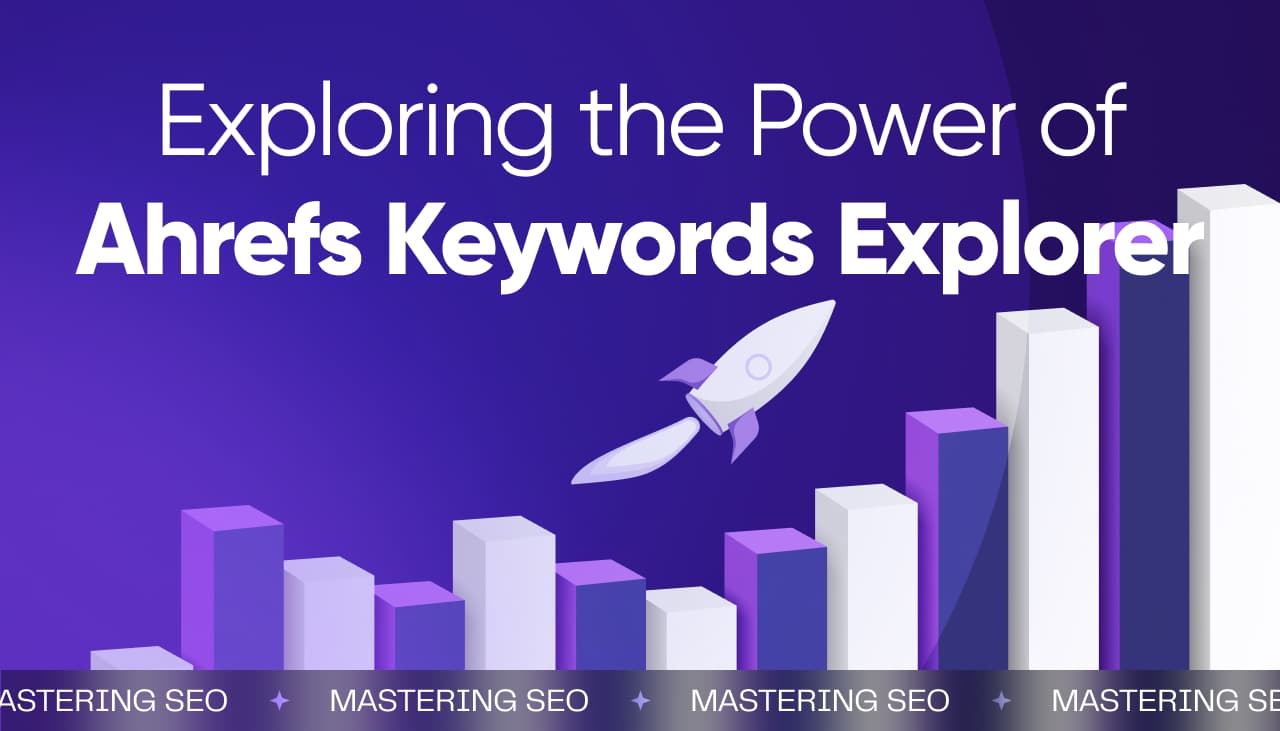
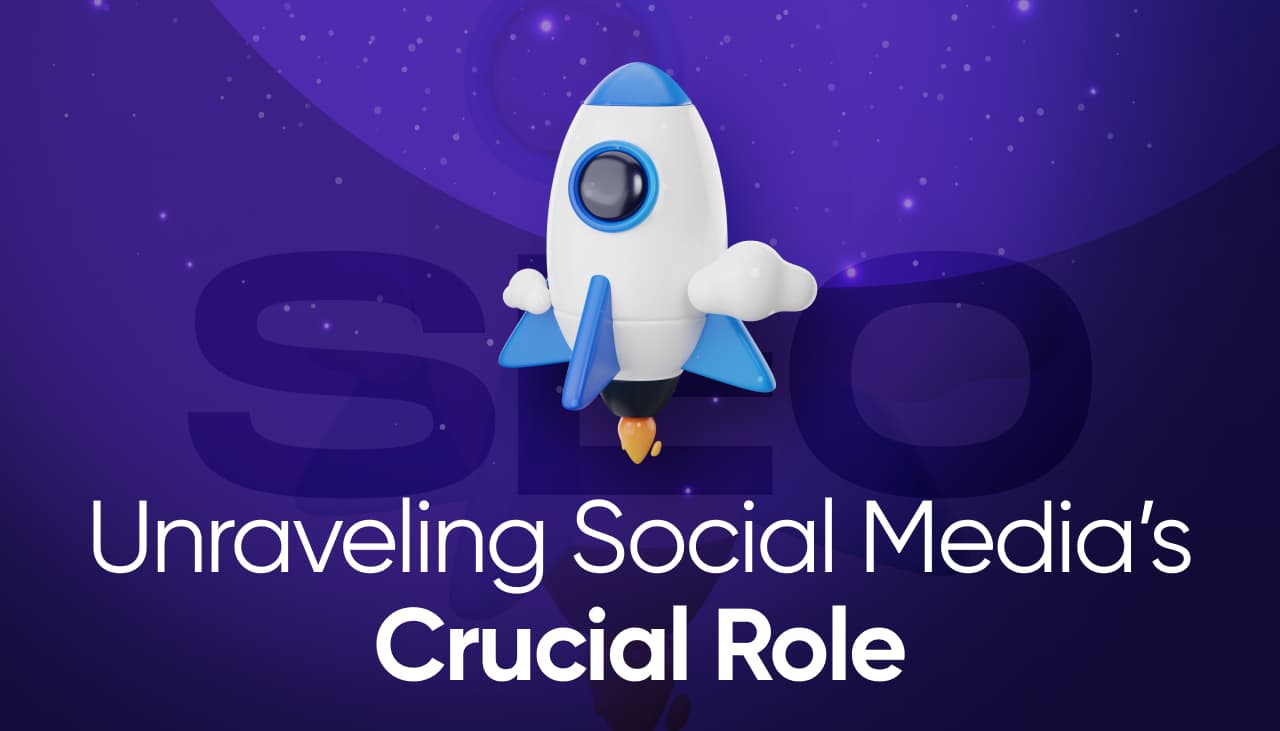
Responses (0 )